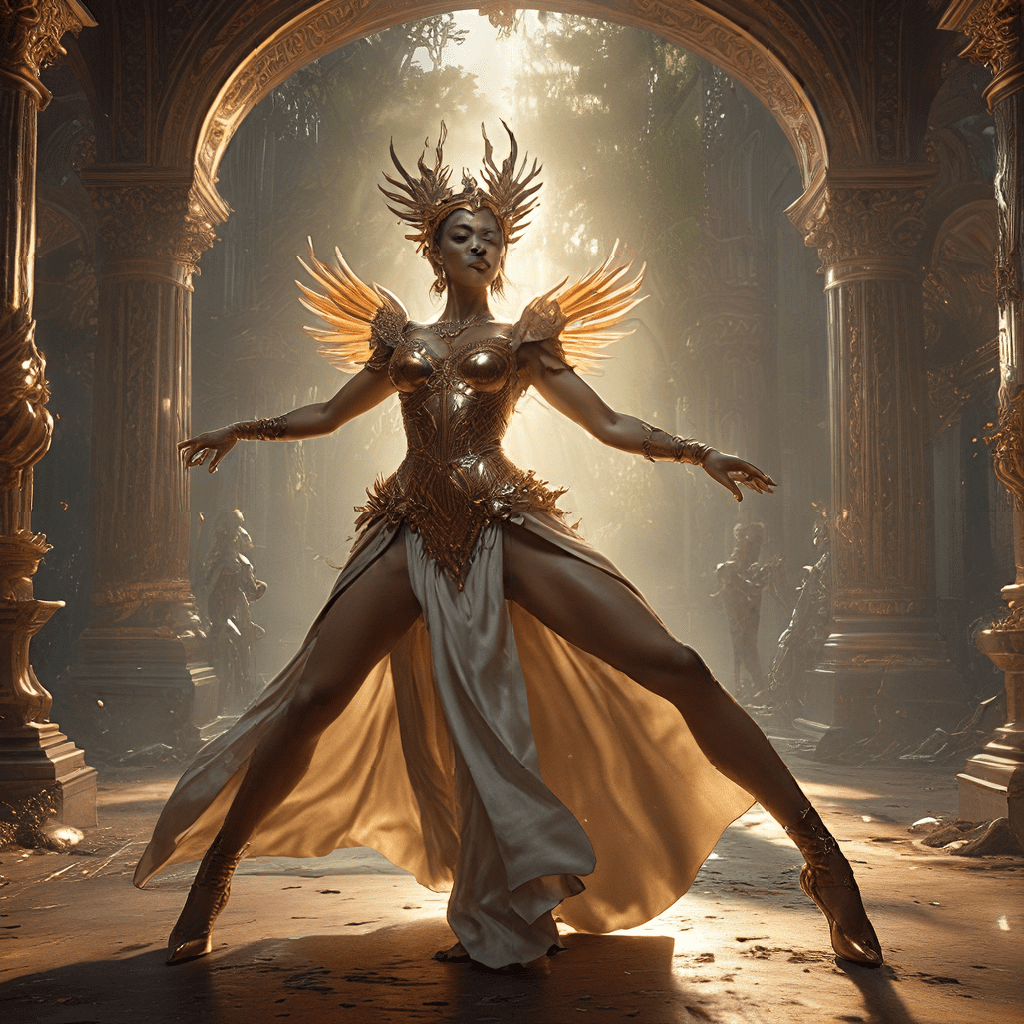The Power of Myth: The Influence on Music and Dance
From the ancient tales of Greece to the myths of the Americas, stories have been passed down through generations. Myths are not just fantastical stories; they are powerful reflections of human experiences, hopes, and fears. They speak to our shared cultural heritage and connect us across time and cultures. Mythology acts as a universal language, weaving its way into music and dance, enriching and elevating these artistic expressions.
Mythology and Musical Storytelling
Music has the remarkable ability to translate the heart of myths into captivating sounds. Composers have long found inspiration in mythical narratives, using music to bring these stories to life. Themes of creation, heroes, and the afterlife frequently appear in musical compositions. For example, the creation myth of the world is often portrayed in epic symphonies, where the music swells and builds, mirroring the vastness and power of the universe.
The story of Orpheus and Eurydice, a Greek myth about love and loss, has been immortalized in operas and symphonies. The music evokes the emotions of the story, using powerful melodies and harmonies to capture the intense love between Orpheus and Eurydice and the sorrow of her loss. Similarly, folk songs often recount tales of brave heroes, mythical creatures, or gods, keeping these stories alive through generations.
Mythical Creatures and Symbols in Music
Mythological creatures and symbols find their way into music in fascinating ways. The majestic dragon, often representing power and danger, is depicted in music through soaring melodies and intense rhythms. The enchanting siren, with her voice that lures sailors to their doom, is portrayed through captivating melodies and harmonies that evoke both beauty and danger. The music of the ancient world often used instruments that symbolized specific gods or aspects of nature. For example, the lyre, an ancient string instrument, was associated with the Greek god Apollo, who represented music and poetry.
Beyond specific creatures and instruments, music uses metaphors to conjure up mythical concepts. The use of sweeping scales in symphonies can evoke the vastness of the cosmos, while the use of minor keys can convey the sorrow and loneliness of a lost soul.
Mythological Influences on Dance
Dance, a universal art form, has deep roots in the expression of myths. Many dances, particularly those with ancient origins, stem from rituals and storytelling. These dances served to honor deities, celebrate important events, or re-enact mythical narratives. The origins of dance often lie within ancient religious ceremonies, where dance movements were used to communicate with the divine or to represent the actions of gods and goddesses.
In many cultures, dance performances are inspired by specific myths and deities. For example, the Greek dance known as the “Pyrrhic” was a war dance that depicted scenes of battles and heroic deeds, often inspired by the myth of the Trojan War. In ancient Egypt, elaborate dances were performed to honor deities like Isis and Osiris, using intricate movements that symbolized the power and attributes of these gods.
Mythological Dance Styles
The influence of mythology extends across cultures and dance forms. Dance movements often depict mythical figures and events, using gestures, postures, and rhythms to tell stories. Traditional dances in many cultures, from the dances of Native American tribes to the dances of ancient China, are replete with mythical themes.
For instance, the “Ghost Dance” of the Lakota people was a dance of spiritual renewal, inspired by the vision of a young Lakota man who saw a vision of a returning world without pain and suffering. In India, the “Bharatanatyam” dance form, which dates back thousands of years, incorporates vivid storytelling through dance, drawing inspiration from Hindu mythology and epics.
The Role of Myth in Performance
Mythology provides a rich source of inspiration for theatrical and performance art, shaping narratives and enhancing the emotional impact of performances. The power of mythical themes lies in their ability to create compelling stories that resonate with audiences.
The use of costumes, props, and lighting can enhance the mythical experience, transporting audiences to other worlds and times. For example, a play based on the Greek myth of Persephone might feature elaborate costumes representing gods and goddesses, while the stage lighting could create an ethereal atmosphere to evoke the underworld.
Mythological Music and Dance in Contemporary Culture
Mythology remains an enduring source of inspiration for modern artists across the globe. Contemporary composers, choreographers, and performers draw on mythical themes to create new works that engage with the complexities of the modern world.
From rock operas inspired by ancient myths to contemporary dance pieces that explore themes of identity and the search for meaning, mythological themes continue to resonate with audiences. The enduring relevance of mythology speaks to the universality of human experience and our ongoing fascination with the stories that connect us as a species.




